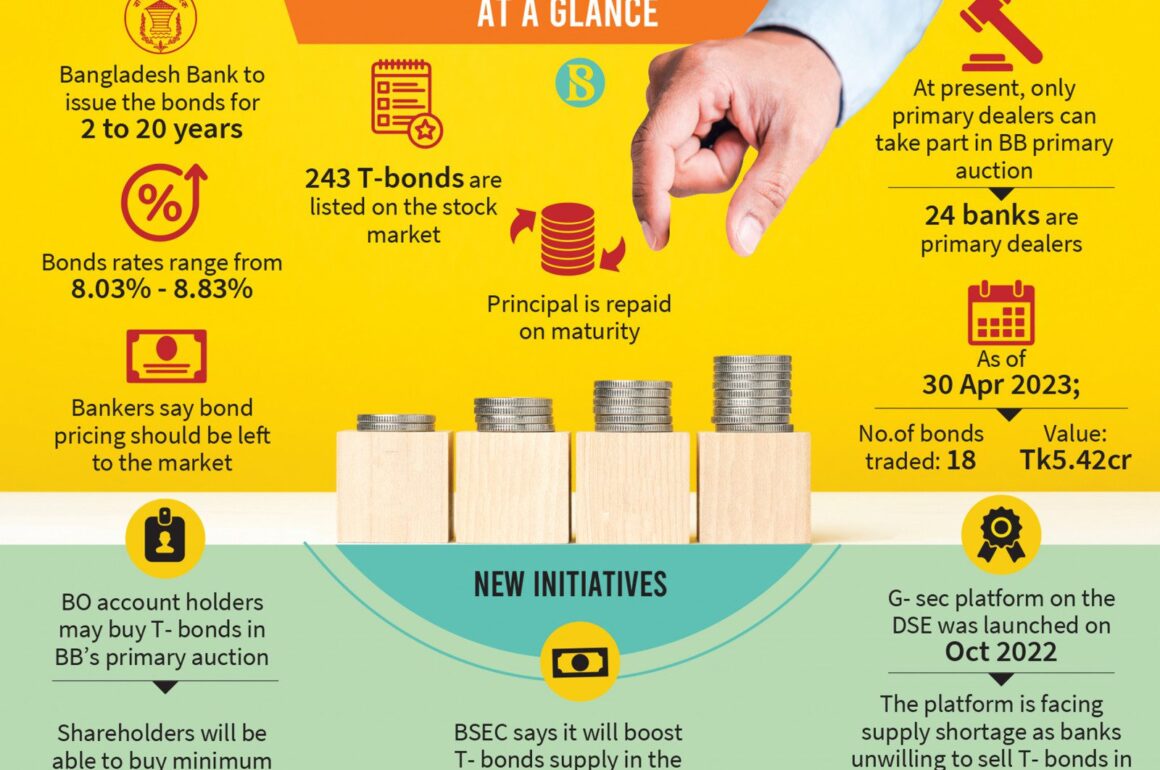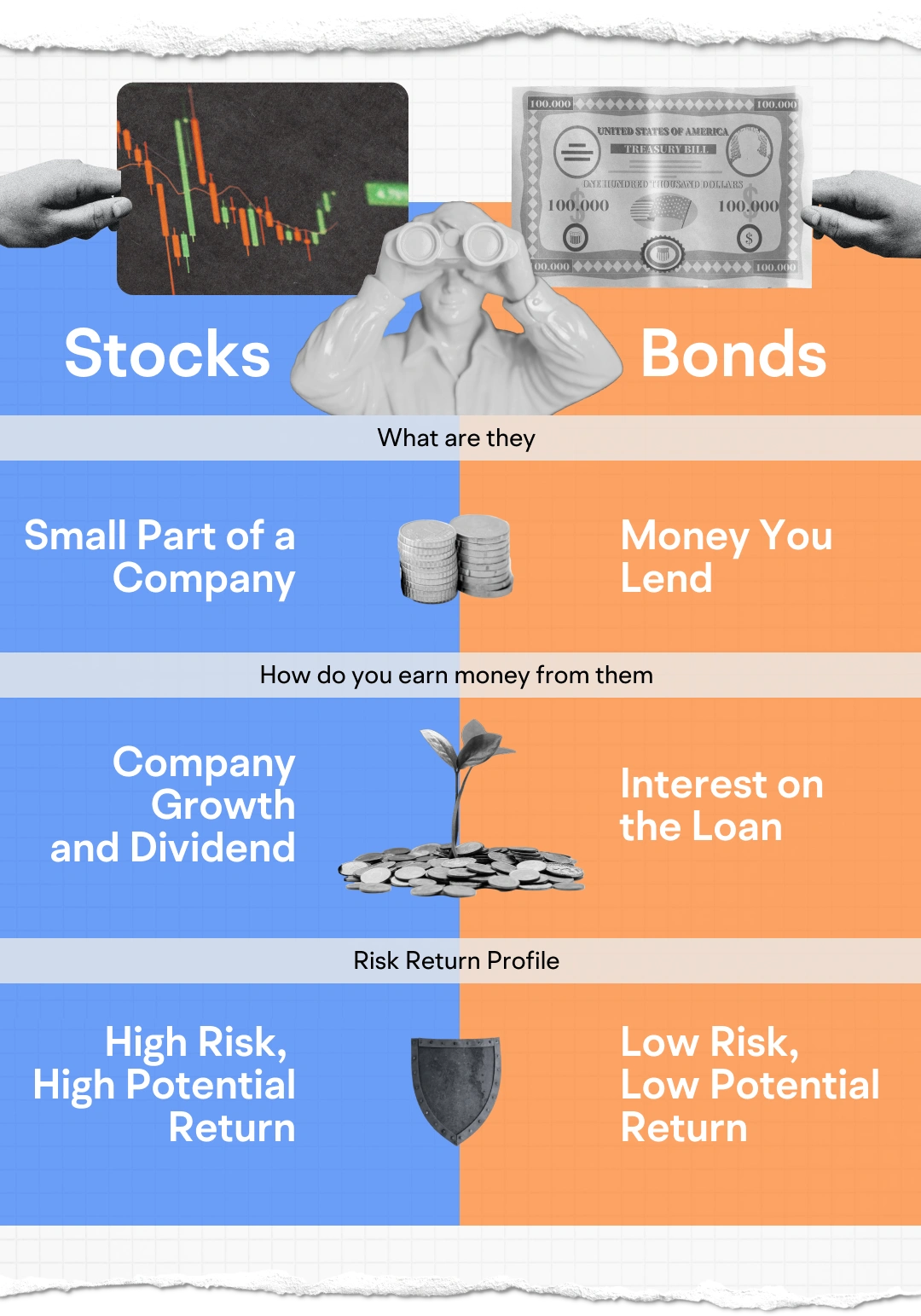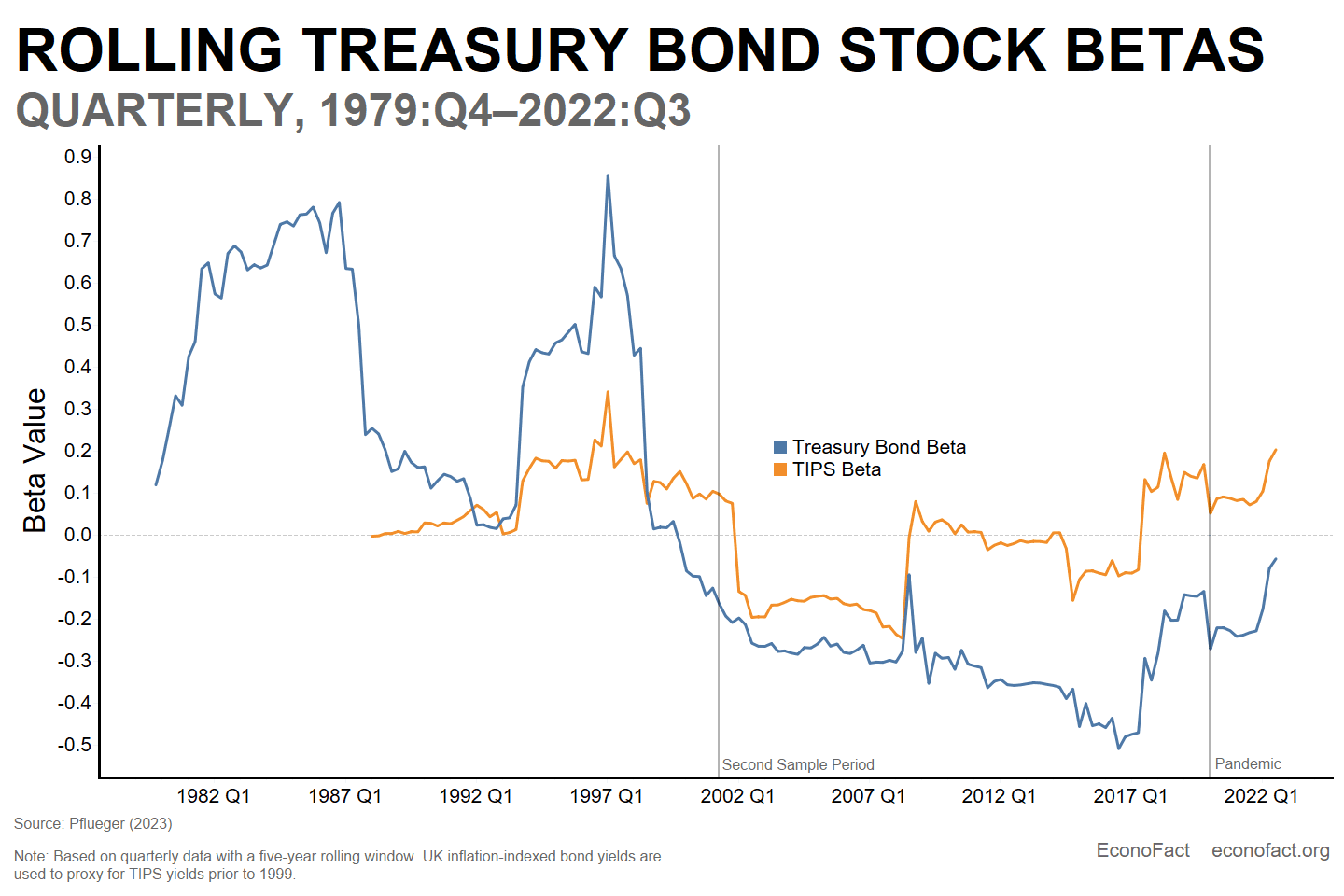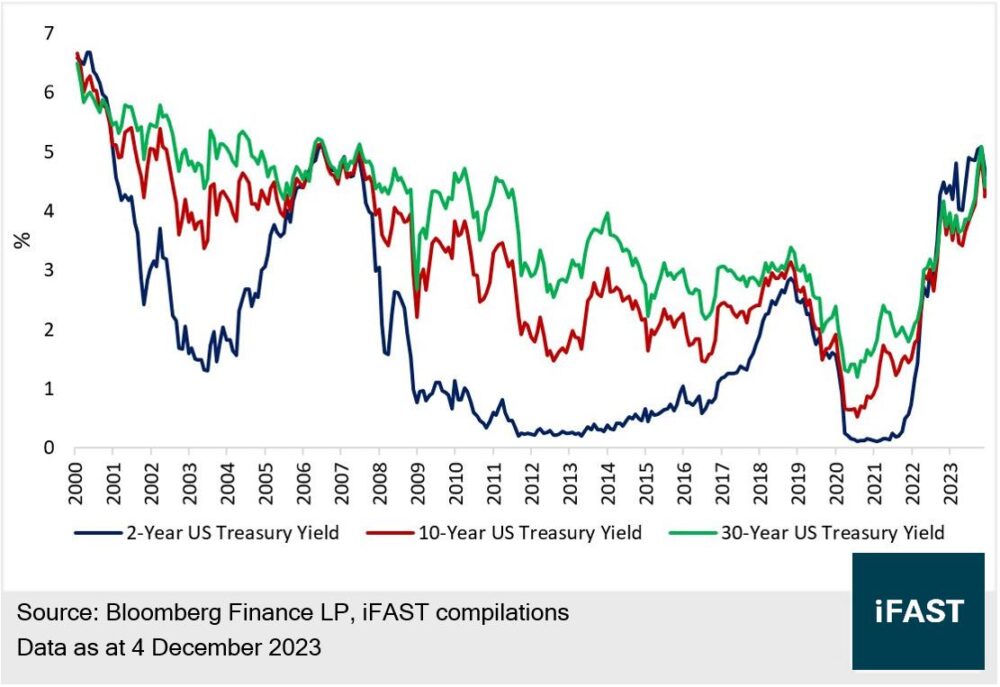Investing in government bonds

While unconventional investments such as art, unique spirits or gadgets known from movies generate interest and gain publicity in the press, the investing in government bonds does not stir up emotions. This is because it is the least controversial and described as a stable way of investing capital. Short-term profit will not knock you off your feet, but the long term is usually promising.
Investing in government bonds – how does it work?
Treasury bonds are considered one of the safest forms of investments of money. At the outset, it is worth emphasizing what every investor should know – namely, the distinction between government bonds, corporate bonds and municipal bonds. Only the former have minimal risk.

However, each type of bond is a form of “loan.” The entity releasing the bonds into the market is indebted to buyers.
The state owes a debt
Treasury bonds are nothing more than a way to lend money to the state and get paid for it in the form of interest. It’s as if you were making a loan, but instead of a bank, the Treasury is on the other side. In exchange for making your savings available, the state agrees to return the principal to you after a certain period of time, plus interest.

Interestingly, depending on the type of bond, you can choose between different investment options – from short-term (e.g., 3-month) with a fixed interest rate, to anti-inflation bonds, whose interest rate rises with inflation, which is a great hedge in unstable times.
Stability
Investing in Treasury bonds is also a nice alternative to bank deposits. The main reason is their safety. With bonds denominated in, the risk of state insolvency is negligible. The state can always raise funds from taxes or, in extreme cases, “add” money. While this may sound a bit like a scenario straight out of an economic crisis movie, such situations are rare and, globally, most often involve foreign currency debt. Although sporadic, countries sometimes declare insolvency.


For many people, therefore, government bonds are the safest a form of capital investment, especially compared to bank deposits. When you set up a deposit, you risk the bank going under. Such situations have happened many times. Banks fail regardless of latitude. Emerging waves of crises are often combined with bank collapses.
Meanwhile, by investing in retail bonds, the state becomes your direct debtor, which in a way makes it even safer than in a bank. What’s more, you can sell retail bonds before maturity, albeit with a small fee, which gives you additional flexibility. For those who are thinking of safely managing their savings for the long term, government bonds seem to be a really reasonable option.
Investment portfolio structure
An investment portfolio is nothing more than a collection of various assets that we hold in order to effectively manage our savings and multiply our capital. Imagine a portfolio like a basket, into which we throw various “fruits” of investments – stocks, bonds, real estate or raw materials – each of these categories has its own unique characteristics and different levels of risk. The key to success is not only the selection of these “fruits,” but also how they are distributed in our basket.
The ideal structure depends on the individual investor’s needs, goals, time horizon and risk tolerance. It is said that the younger the investor, the more he or she should invest in riskier but potentially more profitable assets, such as stocks. On the other hand, the closer to the time when we want to benefit from our savings, the greater the emphasis should be on stable assets, such as government bonds, which provide greater security.
How to divide the portfolio?
The classic portfolio split is the so-called 60/40 rule, where 60% is stocks and 40% is bonds. This approach works well for investors with a medium risk tolerance, who are looking for a compromise between profit and safety. However, it is worth remembering that today this model is evolving. More and more people are including alternative investments – such as gold – in their portfolios, cryptocurrencies Or ETF funds. Art or luxury items. They provide exposure to different markets, often previously inaccessible to the average investor.
A well-diversified investment portfolio should also include investments with different time horizons. Some of the assets should be available in the short term, in case of a cash emergency, while the rest can work over a longer period to build capital for the future.
If you have a lot of capital, it is worth paying attention to alternative investments. Alcohols, cars, works of art are non-standard forms of capital investment, condohotels or other real estate that cause balance. When one loses, the other gains.
Why diversification is so important
Investing in bonds, investing in gold, in wine, cryptocurrencies – why is diversification so important?
Diversifying an investment portfolio is a strategy to minimize risk and build financial stability. By spreading capital across different asset classes, market fluctuations have less impact on the overall investment. In a well-diversified portfolio, each part serves a different function – stocks can generate high returns during bull markets, commodities protect against inflation, and government bonds provide a solid base. Their greatest advantage is that they remain stable in tougher market times, offering a steady, predictable income.
Investment in government bonds not only reduces the risk of loss, but also increases the security of the overall portfolio. This is why they are an important part of a long-term strategy, providing balance and certainty. The capital you put in will not be exposed to drastic fluctuations.
Investing in government bonds – advantages and disadvantages
While it would seem that government bonds have advantages alone, this is not so obvious. Like any form of capital investment, it can sometimes be problematic and complicated. What are the advantages and disadvantages of this type of investment?
Treasury bonds – disadvantages
Disadvantages investments In government bonds:
- Low interest rates – especially compared to other forms of investment, such as stocks, government bonds can offer relatively lower returns.
- Inflation risk – when inflation is high, the real value of bond yields can be wiped out by a decline in the purchasing power of money.
- Long investment period – many government bonds require capital to be frozen for a long time, which can limit the liquidity of the investment.
- Delays in responding to market changes – interest rates on inflation-indexed bonds may react with a lag, which may not fully protect against the ongoing effects of inflation.
- Lack of immediate flexibility – treasury bonds are not listed on the market, which limits the possibility of selling them ahead of schedule without losing some of the profit (in case of early redemption).
Treasury bonds – advantages
Advantages of investing in government bonds:
- Stability – Treasury bonds have been recognized as one of the safest investment instruments because they are issued by the government, which reduces the risk of default.
- Steady income – investors can count on regular interest payments, resulting in a predictable income stream.
- Inflation protection – inflation-indexed bonds ensure that the interest rate adjusts to price increases, which protects the real value of the yield.
- No management fees – investing in retail government bonds has no additional costs, such as fund management fees.
- Opportunity for diversity – the availability of different types of bonds, with different maturities and interest rates, allows you to tailor your investment to your individual needs and goals.
Investing in government bonds – is this the form of capital investment for you?
Investing in government bonds is an option that attracts a diverse group of investors. It is of interest to those who are taking their first steps in the world of finance, as well as more experienced ones. For beginners, treasury bonds are a safe way to invest savings, giving them confidence that their capital will not be exposed to too much risk. Experienced investors appreciate them for their stability and predictable income, which can be an excellent complement to riskier investments such as stocks. In addition, those planning long-term savings, such as for retirement, can benefit from inflation-indexed bonds. They protect capital from declines in value due to inflation. Investing in government bonds is also a good choice for those who value regular interest income and want to build a diversified portfolio. This is an option where security and stability go hand in hand with potential profit.








Leave a Comment